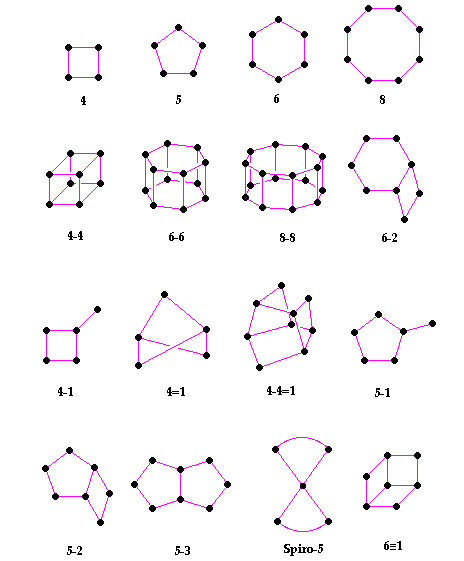
Abstract Submission Opens
2025-02-03Abstract Submission deadline
2025-05-05Abstract Author Notification Start
2025-06-05Abstract Author Notification End
2025-07-05Early Registration
2025-07-05Early Registration Deadline
2025-08-05Conference Start
2025-08-26Conference End
2025-08-27What is Zeolite?
Zeolite is a fascinating natural and synthetic material with a unique crystal structure that looks like a sponge under a microscope. This structure gives zeolite its incredible ability to absorb, filter, and exchange molecules. Found naturally in volcanic rocks and also produced in laboratories, zeolites are known as "molecular sieves" because they can separate and trap specific molecules while letting others pass through.
Zeolites are unique materials with three-dimensional structure made of silicon, aluminum, and oxygen atoms. These atoms are arranged in a repeating pattern that forms a framework with tiny, uniform pores and channel. This framework carries a negative charge due to the presence of aluminum, which allows zeolites to attract positively charged ions (like sodium, calcium, or potassium) to balance the charge.
The pores and channels in zeolites are of precise sizes, allowing them to act as molecular sieves. They can trap or allow certain molecules based on size and shape, making zeolites extremely useful in separation and filtration processes.
What Makes Zeolites So Versatile?
The combination of their chemical composition and crystal structure gives zeolites their remarkable properties, such as:
- Ion Exchange: Zeolites can swap one type of ion for another without changing their structure, which is why they're used in water softeners and agriculture.
- Adsorption: The pores in zeolites can hold gases or liquids, making them perfect for cleaning air, capturing CO₂, or storing energy.
- Catalysis: Zeolites' structure provides active sites for chemical reactions, widely used in industries like oil refining and renewable energy production.
Why Are Zeolites Important?
Zeolites have countless applications that benefit our daily lives. For example:
- Water Purification: Zeolites remove harmful impurities from water, makaing it cleaner and safer to drink.
- Air Quality Improvement: They help in air filtration systems by capturing pollutants and odors.
- Energy Efficiency: Zeolites are used in catalytic converters, reducing harmful gases in vehicles.
- Agriculture: Farmers use zeolite to improve soil quality and retain nutrients for healthier crops.
- Medical Use: Zeolites are even studied for their potential in drug delivery and detoxification.
With over 240 types of natural and synthetic zeolites, the unique structure of these materials opens doors to endless possibilities from environmental solutions to advanced technologies.




















